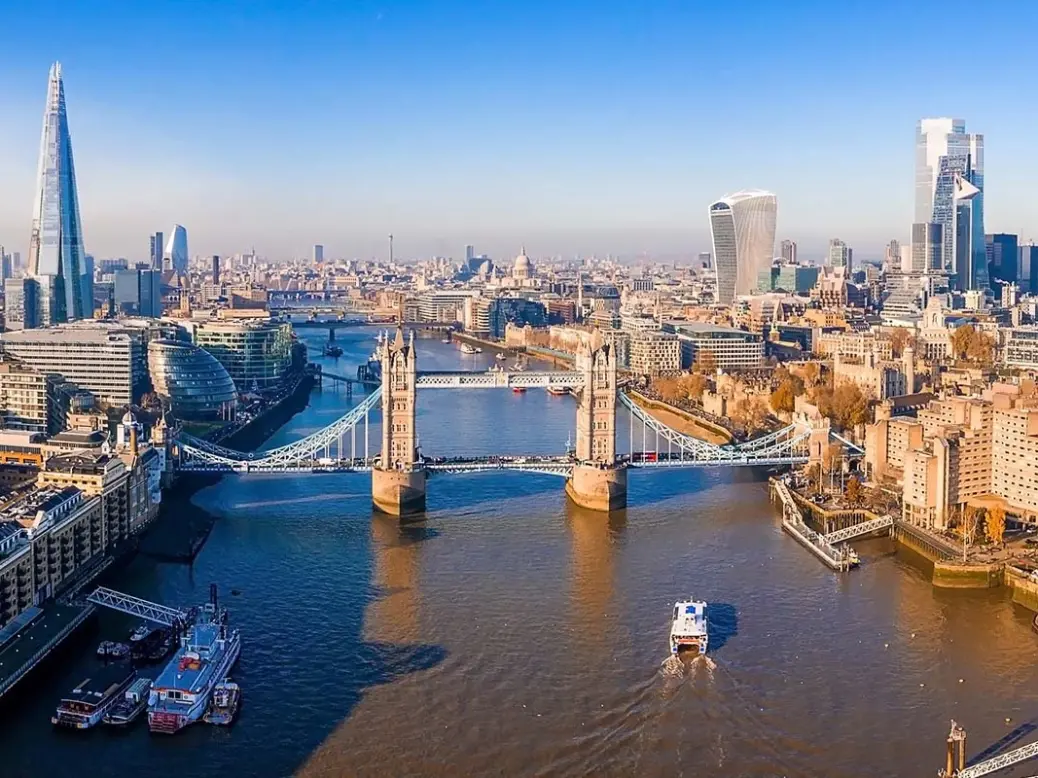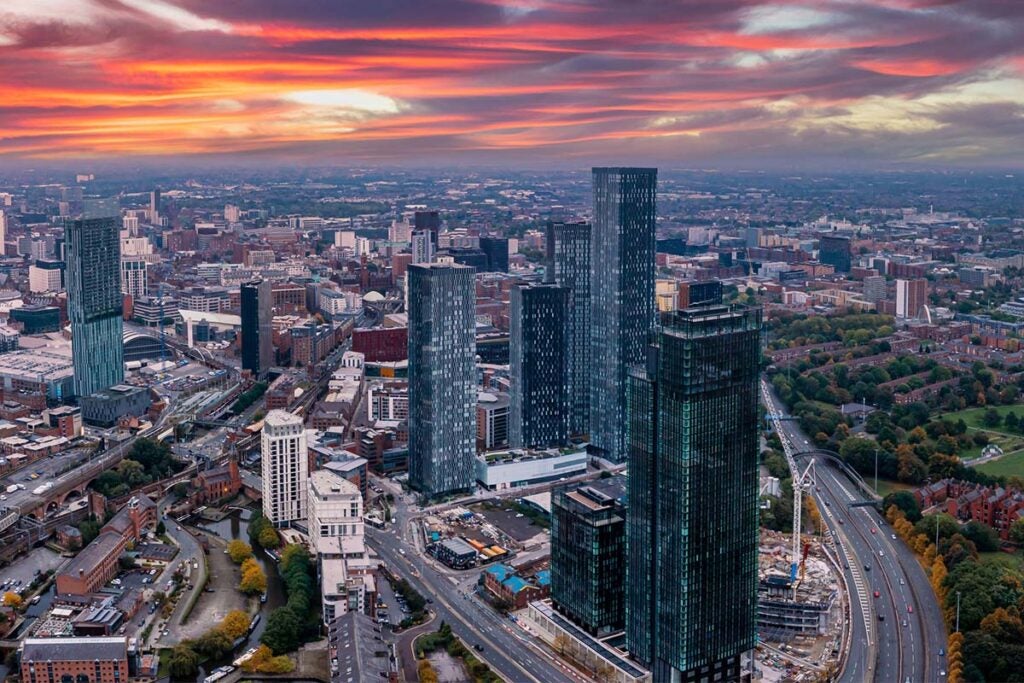
London has taken second place in Schroders 2024 Global Cities Index thanks to its ‘economic performance and innovation ecosystem’.
The British capital ranks only behind San Francisco, California, which is one of 14 US cities to make the top 30. Global hubs including Hong Kong, Singapore, Paris, Sydney, Toronto and Stockholm also feature.
[See also: Schroders Family Office Service wins at the Spear’s Awards 2023]
Manchester punches above its weight to round out the top 30, according to Schroders, with the Northern Powerhouse measuring up to international capitals and American cities like Houston, Dallas and Phoenix.
The Schroders 2024 Global Cities Index judges cities on four criteria: economy, environment, innovation and transportation. Performance in each metric is graded, with a final score given out of 10.
The annual rankings aim to identify cities ‘which combine economic dynamism with high quality educational institutions, transformational environmental policies and excellent transport infrastructure’.
Mighty Manchester

After dropping from first to third in last year’s rankings, London was elevated to second place. Schroders notes that its two major strength are its economic performance and innovation ecosystem.
‘On economic performance, London is not outstanding on any measure (GDP, population, retail spend and median household income being the KPIs we assess), but we do passably well on all four – a consistently above-average performance,’ the firm observes. ‘Our future growth projections are uninspiring, but the current absolute values of these indicators remain high – meaning that our ranking is underpinned more by our ‘existing scale’ – which remains world class – than our future growth potential.’
Innovation is driven by world-class universities and VC funding flows.
However, the city is ‘held back by its comparatively weaker transport infrastructure score and environmental score compared to other top-tier cities’.
[See also: Scrapping the non-dom regime: Hunt must proceed with caution]
Manchester, meanwhile, was supported by its ‘relatively high environmental score due to its naturally cooler climate and low exposure to natural hazards, alongside strong net zero policies with specified emission reduction targets’.
‘Though Manchester airport isn’t as busy or well-connected as the major London airports, it is a very good performer for a regional airport, considered in the context of the economic size of the Greater Manchester area. Similarly, though it doesn’t have as comprehensive a public transit system as London, the combination of bus, national rail and light rail services effectively serves its commuter catchment area, with good access to the Central Business District (“CBD”) within a 1 hour commute. Its public transport score is actually higher than that of London – as it serves its population more effectively (it’s not about having more kilometres of train line, more about how fast you can move about the city relative to the overall size of the city).’
Hugo Machin, portfolio manager for Schroders Global Cities, noted larger US cities like Houston and Dallas have performed well owing to a readjustment of the transportation score, which now judges ‘overall transport time’ as opposed to the ‘walking time’ previously taken into account.
He added: ‘Moreover, whilst it will hardly be a revelation to many, data continues to indicate that wealthy citizens are continuing to move to locations that have low crime rates and tax thresholds. This is why Austin, Miami and Charlotte have grown strongly in recent years with Austin now home to more fortune 500 companies than any other location in the US.’






